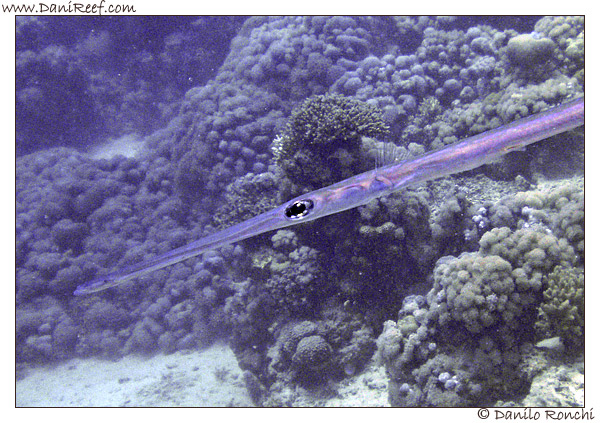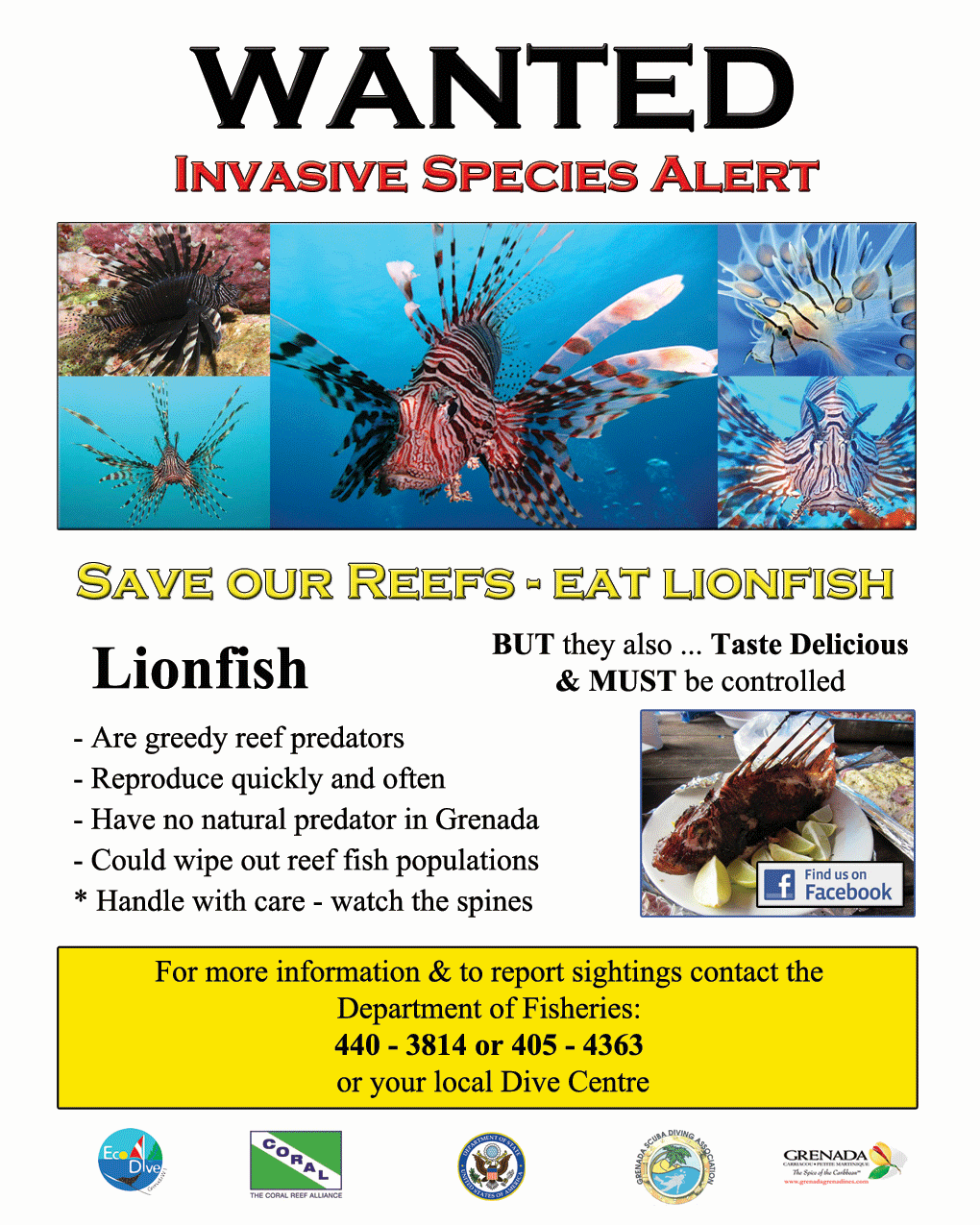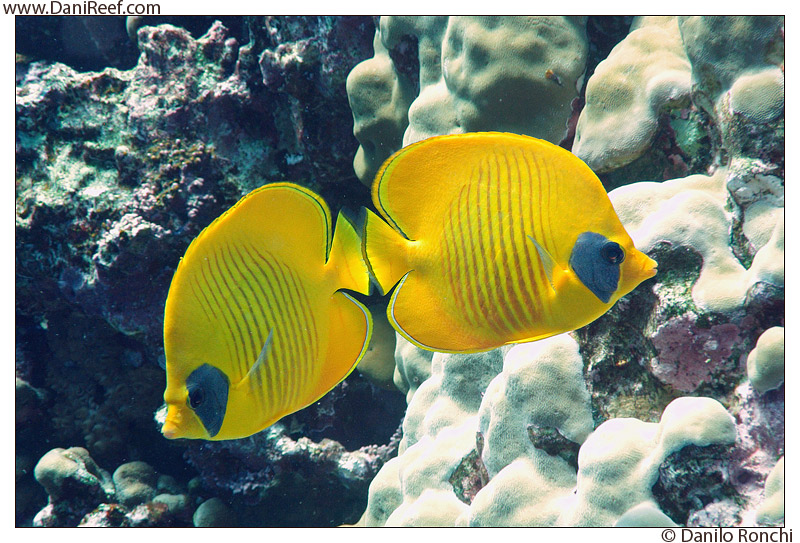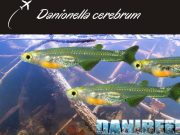The lionfish, often wrongly called scorpionfish, has reached the Sicilian Strait. Maximum alert for this alien species. ![]() L’articolo sull’invasione dei pesci leone è disponibile anche in italiano cliccando qui.
L’articolo sull’invasione dei pesci leone è disponibile anche in italiano cliccando qui.
The ISPRA (The Italian National Institute for Environmental Protection and Research) communicate translated below is from October 2016:
The lionfish has reached the Strait of Sicily. Maximum alert for the alien species. The capture of two lionfish individuals has been recently pointed out in Tunisia (Gulf of Tunis and Sicilian Strait), Pterois miles is an alien lionfish species from the Red Sea. Known for having colonized a great portion of the Western Atlantic coasts and the eastern mediterranean, the lionfish is one of the most invasive marine species in the world. Its long and thin venomous spines on the dorsal fin make it very dangerous for human health. At the base of these spines there are glands which produce a strong venom; in the worst case scenario this can have lethal effect on humans. This venom remains active from 24 to 48 hours after the fish death: so it is still dangerous even if the individual fish has been dead for several hours.
The recent signal of lionfishes in Tunisia and especially in the Strait of Sicily let us suppose its imminent arrival in Italian waters, just like it happened with other alien species (for example the puffer fish Lagocephalus sceleratus).
It is therefore necessary, as it is pointed by the international recommendations on the mitigation of alien species effects, to give ample notification of this news to the Italian citizens and the mostly interested categories such as professional fishermen, ichthyic markets, veterinarians and other sea operators.
Anyone who catches or sees a lionfish is kindly requested to take a picture of the individual, freeze it if possible and immediately communicate it to the port captaincy and to the ISPRA office in Palermo at the following numbers: 091/6114044-7302574 and email address alien@isprambiente.it.
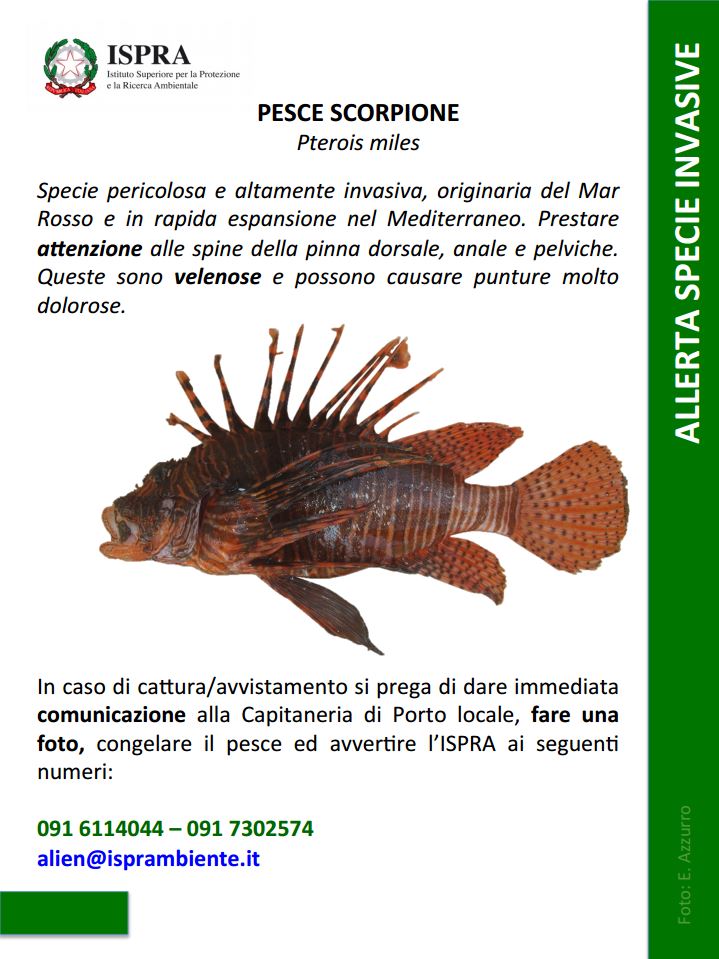
A recent report published the 30th of June 2016 by Demetris Kletou, from the research laboratory of Limassol (Cyprus), also published on the magazine Marine Biodiversity Records illustrates the colonizations of these venomous predators known as lionfishes (Pterois miles) in the waters around Cyprus.
Before you even start wandering what’s wrong with having these fishes in our seas, read the conclusions from the article on the Marine Biodiversity Records magazine:
The Mediterranean sea represents the 0.82% of the area and the 0.3% of the volume of the world’s oceans, but it houses the 4-18% of the described marine organisms and it is a biodiversity hotspot with around 17.000 species (Coll et al. 2010).
Mediterranean ecosystems have to face multiple antrophic menaces such as climate changes, alien species invasion and fisheries (Kletou & Hall-Spencer 2012).
The average temperature in the Mediterranean sea is rising constantly and alien species are spreading, causing communities shifting and tropicalization (Lejeusne et al 2010;. Montefalcone et al 2015).
As of today, there are about 1000 alien species in the Mediterranean sea and most of them are thermophilic, they entered the oriental basin through the Suez Canal (Katsanevakis et al. 2014). The recent extension of the canal together with rising sea temperatures are warnings of a potential worsening of this situation (al. Galil et 2015).
Fish taxa from lessepsian (from the Red Sea to the Mediterranean) migration are rapidly increasing; about 40% of the 130 alien fish species that are now living in the Mediterranean sea have been found since 2001 and they have been expanding their geographical range since then (al. Zenetos et 2012).
Fistularia commersonii or bluespotted cornetfish has colonized the great majority of the Mediterranean sea in only 7 years (Azzurro et al. 2012) where it represents a challenge for local ecosystems as it feeds on a wide variety of preys (41 taxa) and is specialized on commercial fry Boops boops and Spicara smaris (Zerro) (al. Bariche et 2009).
The puffer Lagocephalus sceleratus reached the central Mediterrarean (Azzurro et al. 2014) and is spreading towards west (Souissi et al. 2014). It feeds on cephalopods Sepia officinalis and Octopus vulgaris (Cuvier 1797) and it is classified as a fisheries pest (Kalogirou 2013).
It continues on page two with other dramatic information about our sea





